The Morning of September 11, 2001
On the morning of September 11, 2001, the world witnessed one of the most devastating terrorist attacks in history. Four commercial airplanes were hijacked by 19 terrorists associated with the extremist group al-Qaeda.
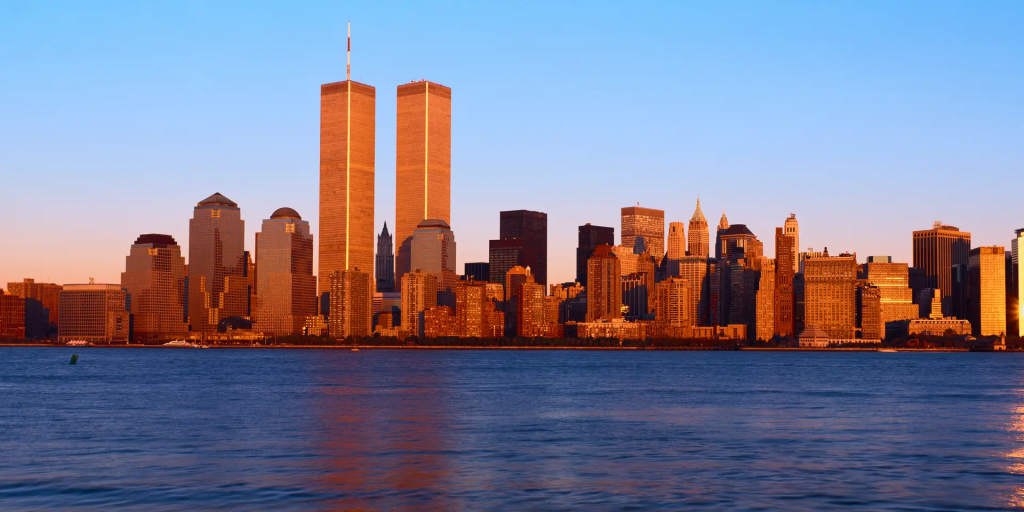
Image: The New York skyline before the attacks, featuring the iconic Twin Towers.
The Attacks
Two of the hijacked planes, American Airlines Flight 11 and United Airlines Flight 175, were flown into the North and South Towers of the World Trade Center in New York City. The impact caused massive explosions and fires, ultimately leading to the collapse of both towers.
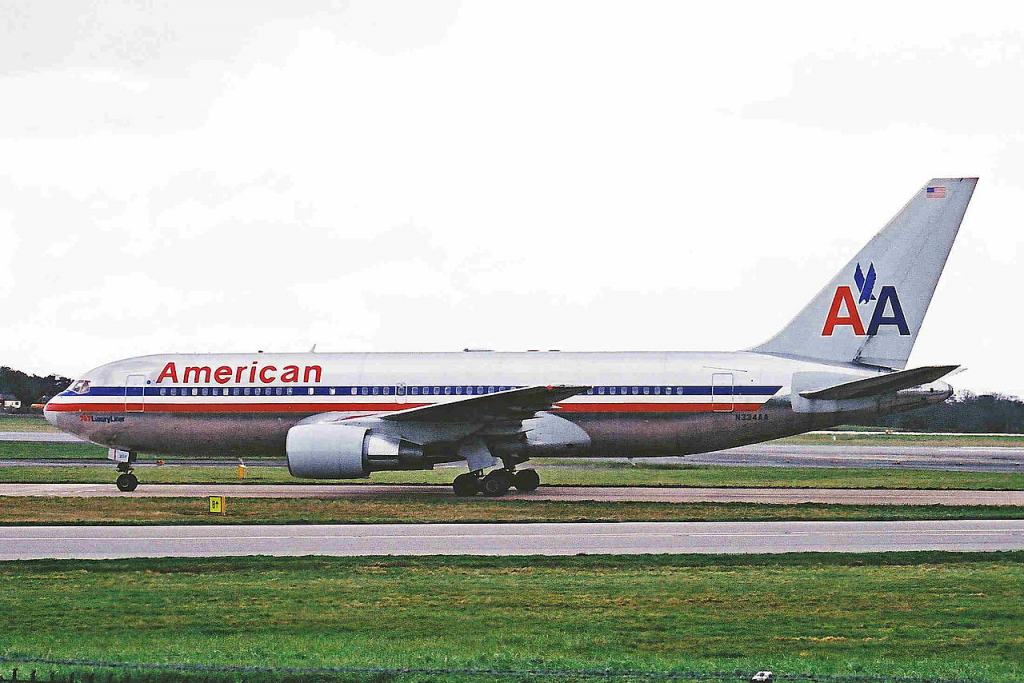
Image: American Airlines Flight 11 moments before hitting the North Tower.
A third plane, American Airlines Flight 77, crashed into the Pentagon, the headquarters of the United States Department of Defense, causing significant damage and loss of life.
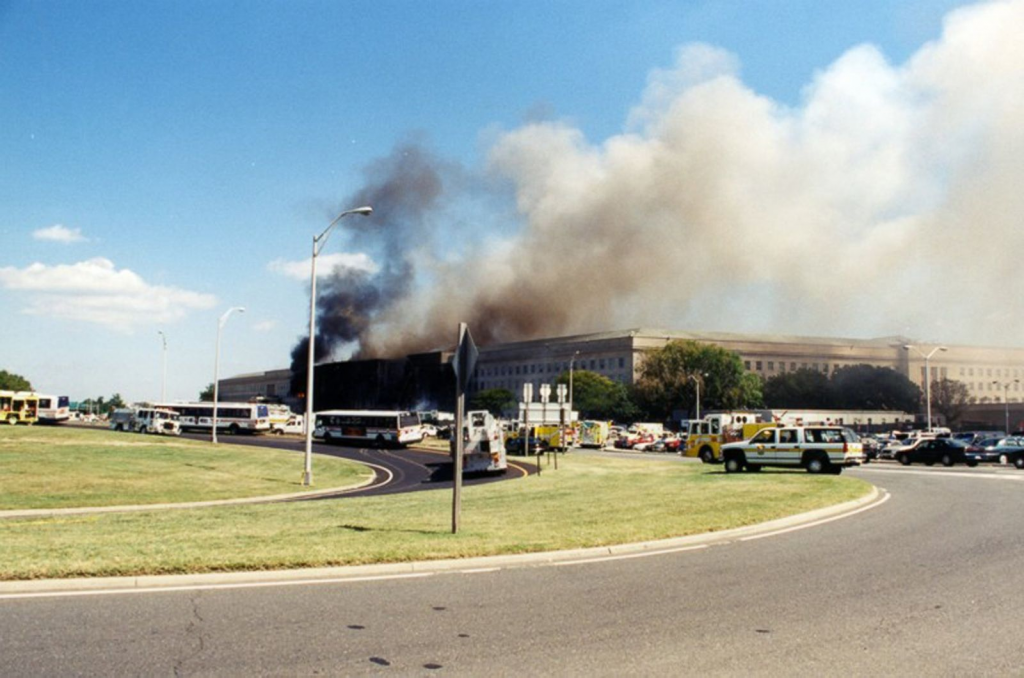
Image: The aftermath of the crash at the Pentagon.
The fourth plane, United Airlines Flight 93, was headed for a target in Washington, D.C. However, passengers fought the hijackers, causing the plane to crash into a field in Pennsylvania, preventing further destruction.
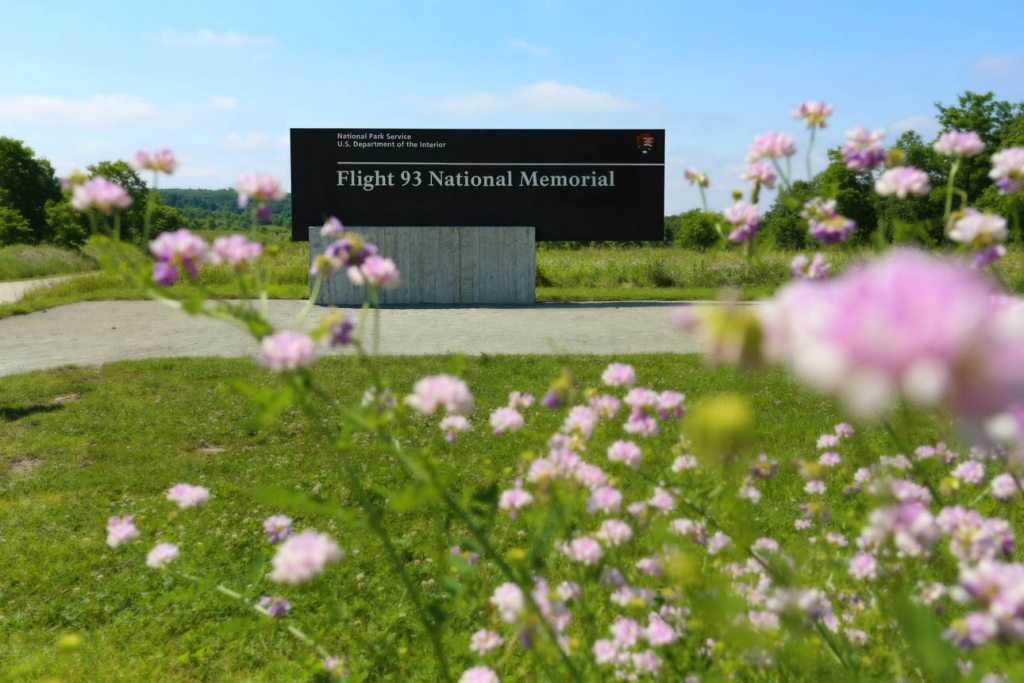
Image: The Flight 93 National Memorial in Pennsylvania.
Immediate Impact
The attacks resulted in the deaths of nearly 3,000 people and caused extensive damage to the World Trade Center complex and surrounding buildings. Emergency responders, including firefighters, police officers, and medical personnel, worked tirelessly to rescue survivors and provide aid.
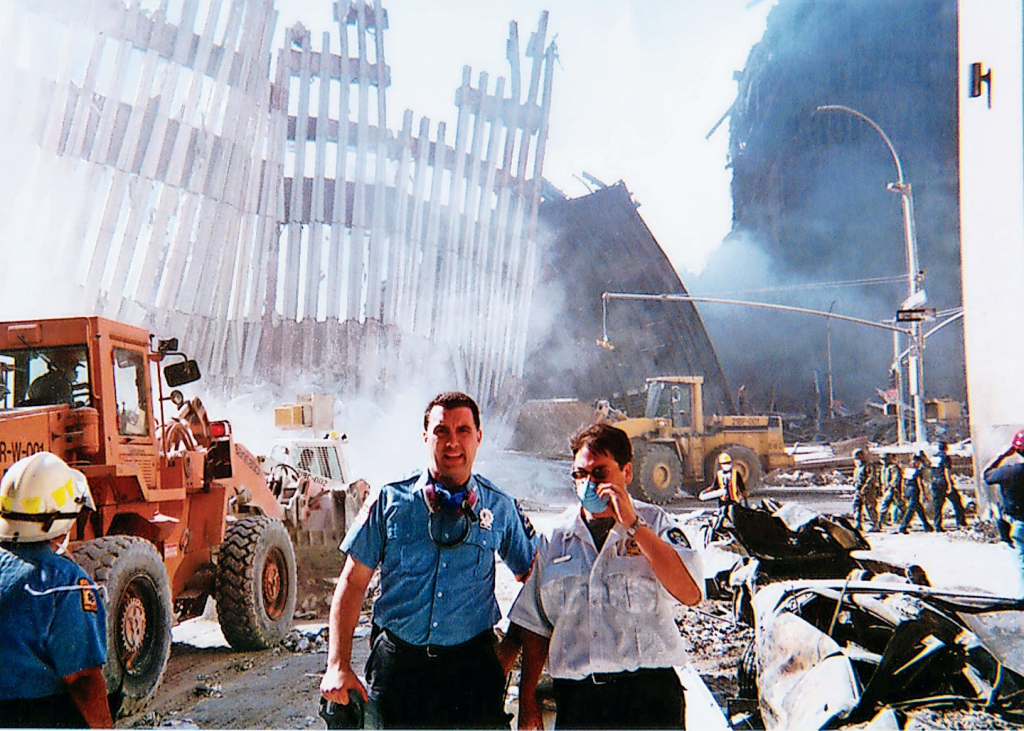
Image: Brave first responders at Ground Zero following the collapse of the towers.
National and Global Response
The events of September 11 had a profound impact on the United States and the world. Security measures were significantly increased, and the U.S. launched the War on Terror, including the invasion of Afghanistan to dismantle al-Qaeda and remove the Taliban from power.
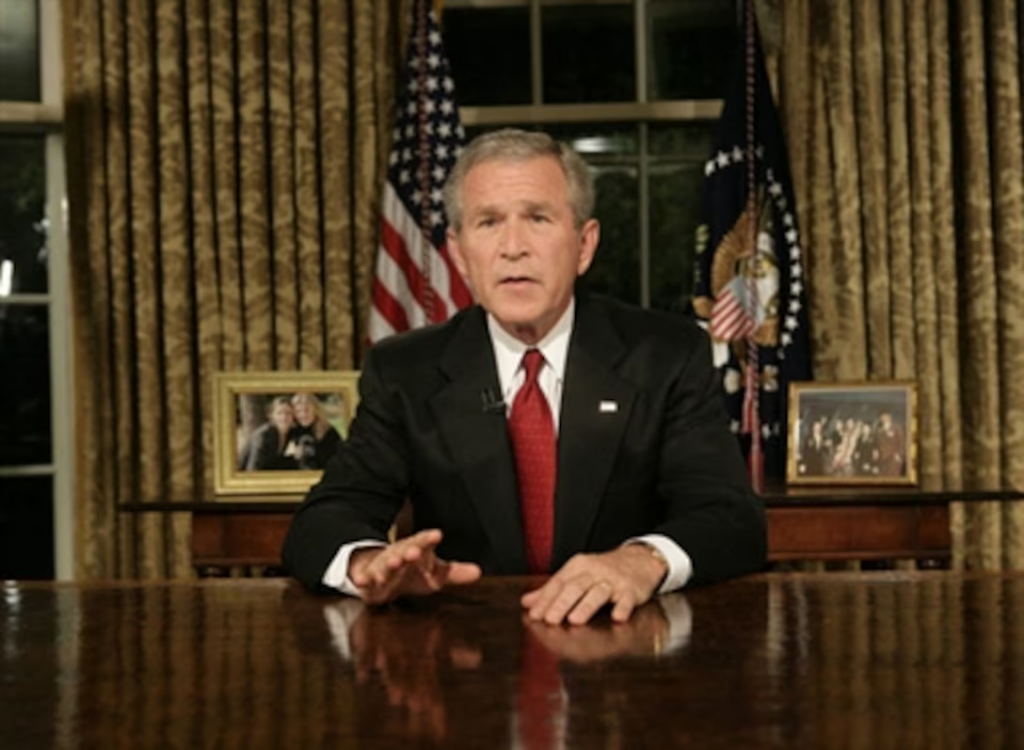
Image: President George W. Bush addressing the nation after the attacks.
Rebuilding and Remembrance
In the years following the attacks, efforts were made to rebuild and honor the victims. The National September 11 Memorial & Museum was established at Ground Zero, featuring two reflecting pools where the Twin Towers once stood, surrounded by the names of the victims.
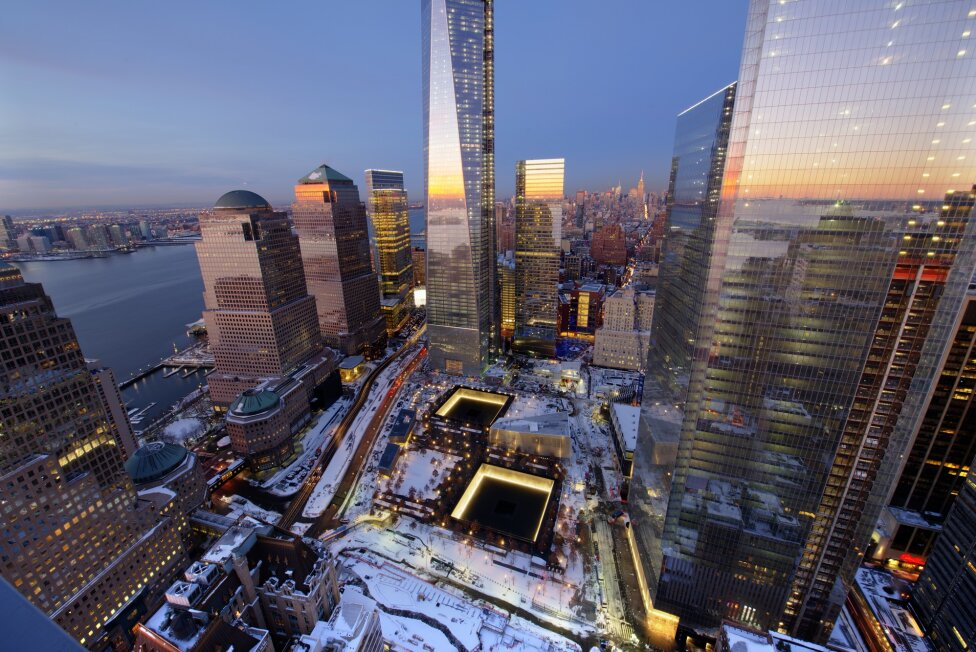
Image: The National September 11 Memorial in New York City.
One World Trade Center, also known as the Freedom Tower, was constructed as a symbol of resilience and renewal, standing tall at 1,776 feet.

Image: One World Trade Center, a symbol of hope and resilience.
Lessons and Legacy
The September 11 attacks changed the course of history, influencing global politics, security policies, and international relations. The bravery of the first responders and the unity shown by people worldwide serve as enduring reminders of humanity’s resilience in the face of tragedy.

Image: People around the world showing solidarity with the United States after the attacks.
Moving Forward
The legacy of September 11 is a testament to the strength and courage of those who faced unimaginable challenges. It serves as a reminder to remain vigilant against terrorism and to strive for peace and understanding in an increasingly interconnected world.




